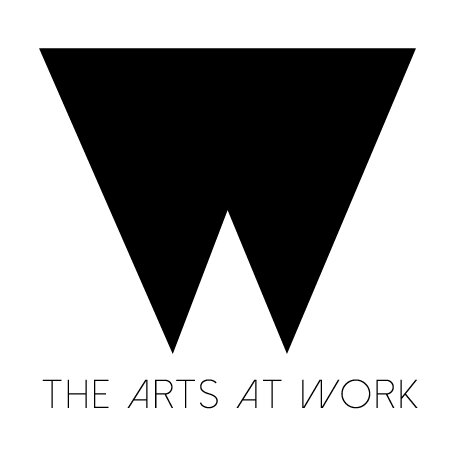Notes from our Founder and President's recent talk at the Pratt Institute in New York City.
The Arts at the Crux of Human-Centered Innovation
I’m not sure how familiar you are with business jargon, but industry has largely co-opted terms from the art and design world, and pulled them into what McGill University’s Nancy Adler calls the “dehydrated language” of management. Creativity, design thinking, and storytelling - are buzz terms used widely in the corporate world, but few businesses are actually putting their actions, or their money, where their mouths are. Art/culture/design, after 30 years of culture wars, is undervalued or devalued in a culture that is currently obsessed with STEM and big data.
In 2006, Adler asked the business sector “now that we can do anything, what will we do?” The answers she proposed illuminated how crucial the artist’s perspective is to meaningful innovation in business. The answers, provided by the private sector since were apparently: continued focus on STEM and Big Data, to increase efficiency and convenience.
But should efficiency be prioritized over all else? How many Frankenstein’s monsters has this quest for convenience birthed? It’s acknowledged that big data is subject to human error – it’s not infallible – so why the blind trust?
We need business to turn to artists, because only they can lead the private sector forward in ways that that secure the future for nature and humanity. Artistic ideas are grounded in universality, in reality, in the communities they serve. Artistic innovation creates at its core: to teach and learn more about life, science must destroy. It is art that builds and rebuilds as it teaches and learns.
For businesses seeking to reach customers, this perspective is crucial. We cannot be explained through statistics, but we can be understood through our stories.
So, where do we go from here? How can artists challenge the business paradigm?
1. There is always room for more narratives that offer solutions, so don’t hesitate to create a new one, no matter how far out it may seem initially
a. STEAM initiatives have powerful potential - The strengthening of an ecosystem in which the arts, humanities and sciences, along with the public, private and non-profit sectors operate symbiotically would be incredible.
However, art need not be viewed as something that enables STEM. We need to articulate its inherent value. The intrinsic needs to stop apologizing for lack of “rigor”. Instead, perhaps we need new measurement tools to gauge impact.
b. There aren’t enough human-centered solutions that expand upon the idea of “social good”. There are so many needs that remain under-adressed and are ripe for innovation – from low employee morale to lack of work/life balance, from systemic racism to intra-cultural bias.
2. The art/culture perspective fills gaps in the dominant narrative, by providing access to a plurality of perspectives and encouraging empathy
a. The disparity between the election results and the prediction from mainstream media outlets exposed the chasm between stats (numbers) and stories (people). Communities are real and vital. There is a difference between the real self and the digital self, and art is provides ways of reaching people meaningfully.
3. The symbiotic relationship between the arts/culture and business shouldn’t be approached as “selling out”, but rather in ways that create opportunity for generating and sustaining arts practice, which in turn bridges gaps between people.
a. In a fairly recent New York Times article on tech innovation, writer Allison Arieff quotes Jessica Helfand – author of Design : The invention of Desire – “ empathy, humility, compassion, conscience are the key ingredients missing in the pursuit of innovation”. It is the artists who can bring these “key ingredients” to the fore.
b. Silicon valley has made a mint from building businesses upon algorithms that target human behavior, but they are formulas and life is anything but formulaic. This signals opportunity for artists to create new paradigms that replace focus on shareholder value with prioritizing stakeholder value.
Technology has changed the way we (and the speed of how) we discover, but there are billions of dollars invested in products and services that have no real meaning or value. This is an opportunity for artists and designers – to co-create alongside the traditional industries (or on our own), in ways that do more than just produce distractions and insta-millionaires. We have the power to create in ways that benefit and bring together all segments of society.
Solidarity at standing rock showed us the power of culture and community to bring about positive, human-centered change. It’s no surprise that artists from within and beyond the community played integral roles on-site, helping to spread awareness and expand the sense of shared goals. To quote Patti Smith – people have the power.





